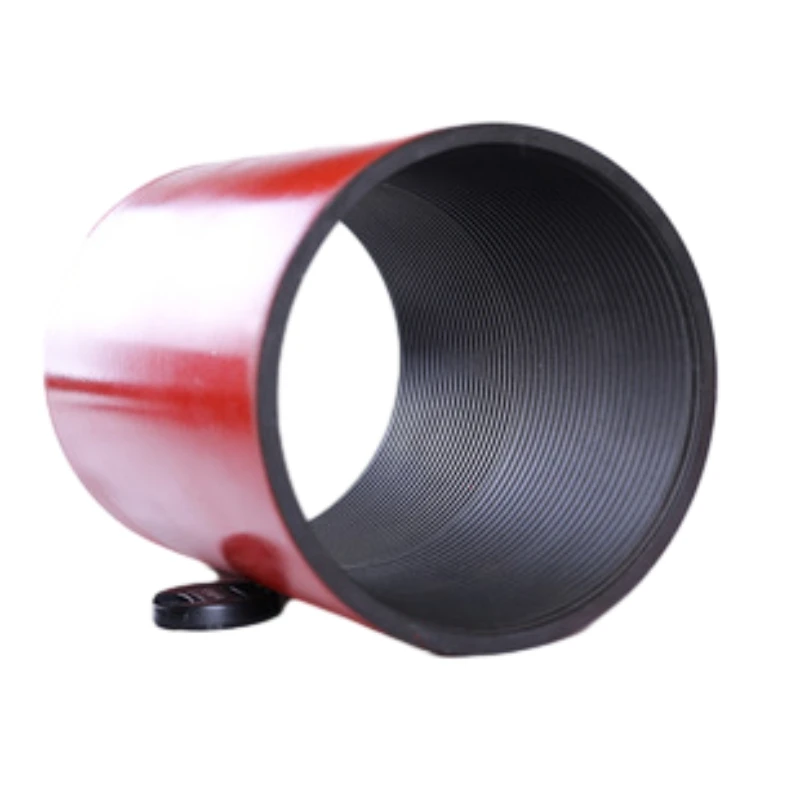- Afrikaans
- Albanian
- Amharic
- Arabic
- Armenian
- Azerbaijani
- Basque
- Belarusian
- Bengali
- Bosnian
- Bulgarian
- Catalan
- Cebuano
- Corsican
- Croatian
- Czech
- Danish
- Dutch
- English
- Esperanto
- Estonian
- Finnish
- French
- Frisian
- Galician
- Georgian
- German
- Greek
- Gujarati
- Haitian Creole
- hausa
- hawaiian
- Hebrew
- Hindi
- Miao
- Hungarian
- Icelandic
- igbo
- Indonesian
- irish
- Italian
- Japanese
- Javanese
- Kannada
- kazakh
- Khmer
- Rwandese
- Korean
- Kurdish
- Kyrgyz
- Lao
- Latin
- Latvian
- Lithuanian
- Luxembourgish
- Macedonian
- Malgashi
- Malay
- Malayalam
- Maltese
- Maori
- Marathi
- Mongolian
- Myanmar
- Nepali
- Norwegian
- Norwegian
- Occitan
- Pashto
- Persian
- Polish
- Portuguese
- Punjabi
- Romanian
- Russian
- Samoan
- Scottish Gaelic
- Serbian
- Sesotho
- Shona
- Sindhi
- Sinhala
- Slovak
- Slovenian
- Somali
- Spanish
- Sundanese
- Swahili
- Swedish
- Tagalog
- Tajik
- Tamil
- Tatar
- Telugu
- Thai
- Turkish
- Turkmen
- Ukrainian
- Urdu
- Uighur
- Uzbek
- Vietnamese
- Welsh
- Bantu
- Yiddish
- Yoruba
- Zulu
Coupling Solutions for Enhanced Tubing Performance in Various Applications
Coupling for Tubing Essential Connections in Industrial Applications
In various industrial applications, tubing serves as a crucial conduit, transporting liquids, gases, and other materials with efficiency and reliability. The integrity and performance of tubing systems largely depend on the connections made between different segments of the tubing. One critical component of these connections is the coupling, a specialized device designed to join two or more tubing sections securely. In this article, we will explore the significance of couplings in tubing, their types, applications, and considerations for selection and maintenance.
What is a Tubing Coupling?
A tubing coupling is a fitting used to connect two pieces of tubing, allowing for the seamless flow of materials. It acts as a bridge between tubing sections, ensuring that systems remain leak-proof and efficient. Couplings can be used in various applications, including oil and gas pipelines, chemical processing facilities, and water supply systems.
Types of Couplings
There are several types of couplings available, each designed for specific applications and material types
1. Threaded Couplings These are commonly used in metal tubing systems. They are designed with external and internal threads, allowing two tubing sections to be screwed together. Threaded couplings provide a strong connection but may require thread sealants to prevent leakage.
2. Welded Couplings For high-pressure applications, welded couplings are often used. They are attached to the tubing through welding, creating a permanent bond that ensures durability and resistance to leaks. Welded couplings are especially common in the oil and gas industry.
3. Flanged Couplings These couplings use flat flanges that are bolted together to secure the connection. Flanged couplings offer ease of assembly and disassembly, making them ideal for systems that require regular maintenance.
4. Compression Couplings These are used for joining plastic tubing. They use a compression mechanism to secure the tubing, preventing movement and leakage. They are popular in plumbing and irrigation systems.
5. Quick-Connect Couplings These couplings facilitate rapid connection and disconnection of tubing sections. They are commonly used in air and fluid transfer applications, where quick assembly and disassembly are needed.
coupling for tubing

Applications of Tubing Couplings
The usage of tubing couplings spans across numerous industries. In the oil and gas sector, couplings are instrumental in connecting pipelines, ensuring safe and efficient transportation of crude oil and natural gas. In pharmaceutical manufacturing, couplings facilitate the movement of liquids through sterile processing systems, where hygiene is paramount.
Moreover, in HVAC systems, couplings are vital in connecting ductwork and piping for heating and cooling applications. The automotive industry relies on tubing couplings for fuel delivery systems and coolant circulation. In construction, couplings serve to connect various piping systems, whether for drainage, plumbing, or irrigation. The versatility of tubing couplings makes them indispensable in many applications.
Considerations for Selection and Maintenance
When selecting a coupling for tubing, several factors should be taken into consideration
- Material Compatibility Ensure that the coupling material is suitable for the type of tubing being used. For example, metal couplings should be used with metal tubing, while plastic couplings are better suited for plastic tubing. - Pressure Ratings Consider the maximum pressure and temperature the coupling will be exposed to. Choose couplings that can withstand the specific conditions of the application.
- Ease of Installation Some couplings are easier to install than others. Quick-connect or compression couplings may be preferable in situations requiring frequent assembly and disassembly.
- Maintenance Requirements Consider the maintenance needs of the coupling. Some types, like welded couplings, may require less frequent maintenance than threaded couplings.
Proper maintenance of couplings is crucial for preventing leaks and ensuring the longevity of the tubing system. Regular inspections to check for signs of wear, damage, or corrosion can help identify potential issues before they lead to failure.
Conclusion
In conclusion, couplings play a vital role in the integrity and functionality of tubing systems across multiple industries. By understanding the types, applications, and considerations for selecting couplings, organizations can ensure that their tubing connections are robust, reliable, and suited to their specific needs. As industries continue to evolve, the role of couplings will remain integral in facilitating the efficient flow of materials in a variety of applications.
-
Tubing Pup Joints: Essential Components for Oil and Gas OperationsNewsJul.10,2025
-
Pup Joints: Essential Components for Reliable Drilling OperationsNewsJul.10,2025
-
Pipe Couplings: Connecting Your World EfficientlyNewsJul.10,2025
-
Mastering Oilfield Operations with Quality Tubing and CasingNewsJul.10,2025
-
High-Quality Casing Couplings for Every NeedNewsJul.10,2025
-
Boost Your Drilling Efficiency with Premium Crossover Tools & Seating NipplesNewsJul.10,2025







